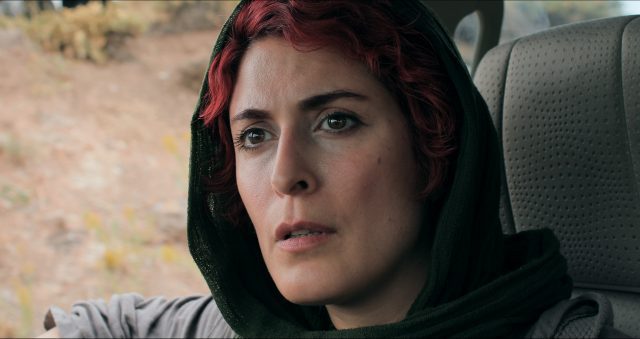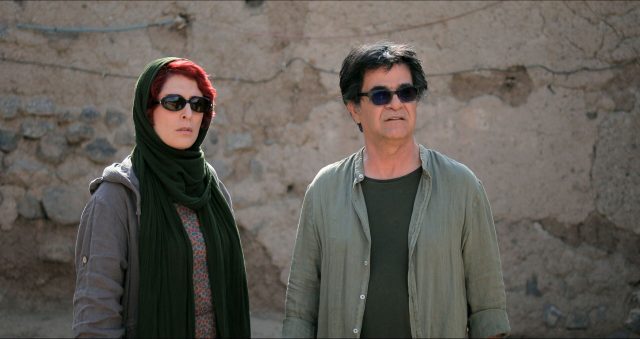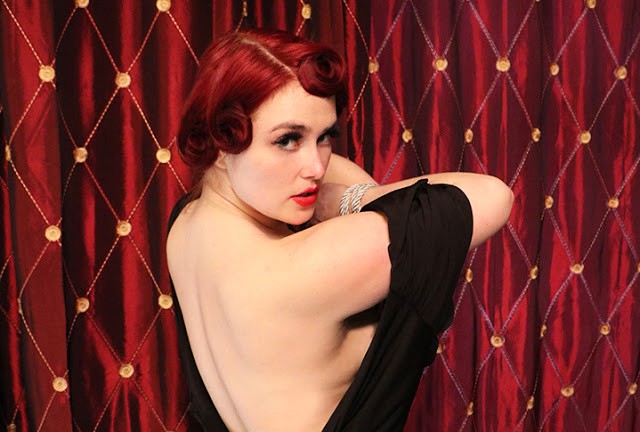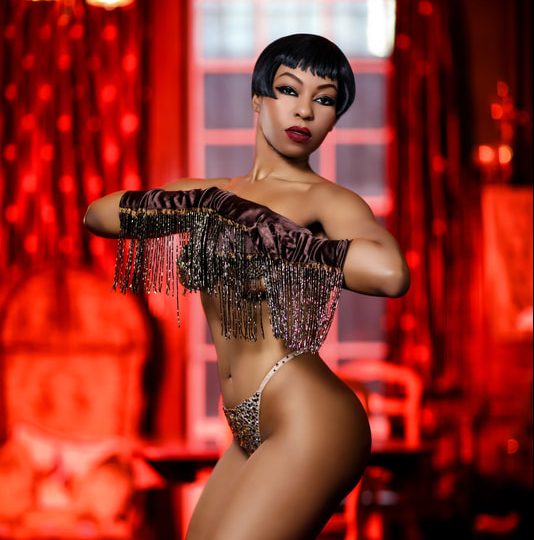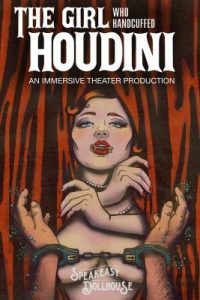
Restored documentary follows ten years of student protests at the University of Wisconsin in Madison
THE WAR AT HOME (Glenn Silber, 1979)
New York Film Festival: Film Society of Lincoln Center, Francesca Beale Theater
West 65th St. between Eighth Ave. & Broadway, 212-875-5610
Tuesday, October 9, 8:00
Metrograph, 7 Ludlow St. between Canal & Hester Sts., 212-660-0312
Opens Friday, October 12
www.filmlinc.org
metrograph.com
 In 1979, the Oscars paid tribute to a changing sentiment in the country regarding the Vietnam War and its veterans, showering accolades on The Deer Hunter and Coming Home. The next year, Vietnam was not so front and center, although a small but important film was nominated for Best Documentary Feature (and also won the Special Jury Prize at Sundance): Glenn Silber and Barry Alexander Brown’s The War at Home, an eye-opening look at the year-by-year history of the antiwar movement at the University of Wisconsin in Madison from 1963 into the early 1970s. Following a Kickstarter campaign to raise funds for a rerelease of a new 4K digital restoration by IndieCollect, The War at Home is screening October 9 in the Revivals section of the fifty-sixth annual New York Film Festival before opening for a theatrical run at Metrograph on October 12. Although the revival shows its age, the film is startlingly relevant, serving as both a primer and a warning about peaceful protest today. “When we were producing The War at Home in our twenties, we often said we were ‘making this film for our children’ because we understood that we had lived through an extraordinary political and turbulent period,” Silber and Brown explain on the Kickstarter page. “The film is also about the lessons of this politically intense time when a generation of young Americans confronted their government’s policies and lies.”
In 1979, the Oscars paid tribute to a changing sentiment in the country regarding the Vietnam War and its veterans, showering accolades on The Deer Hunter and Coming Home. The next year, Vietnam was not so front and center, although a small but important film was nominated for Best Documentary Feature (and also won the Special Jury Prize at Sundance): Glenn Silber and Barry Alexander Brown’s The War at Home, an eye-opening look at the year-by-year history of the antiwar movement at the University of Wisconsin in Madison from 1963 into the early 1970s. Following a Kickstarter campaign to raise funds for a rerelease of a new 4K digital restoration by IndieCollect, The War at Home is screening October 9 in the Revivals section of the fifty-sixth annual New York Film Festival before opening for a theatrical run at Metrograph on October 12. Although the revival shows its age, the film is startlingly relevant, serving as both a primer and a warning about peaceful protest today. “When we were producing The War at Home in our twenties, we often said we were ‘making this film for our children’ because we understood that we had lived through an extraordinary political and turbulent period,” Silber and Brown explain on the Kickstarter page. “The film is also about the lessons of this politically intense time when a generation of young Americans confronted their government’s policies and lies.”
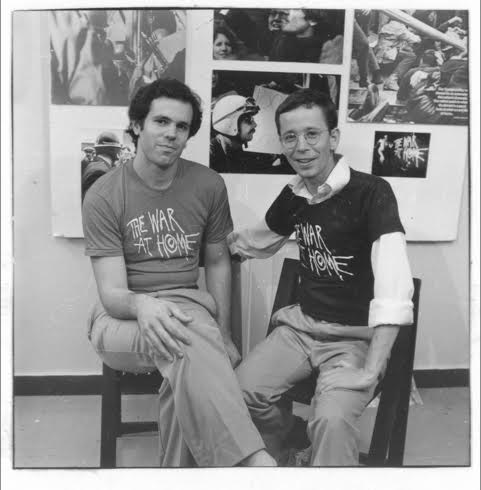
Glenn Silber and Barry Alexander Brown in 1979 while making The War at Home
The film traces the antiwar movement in Madison chronologically, combining new interviews of participants on both sides of the issue with archival footage of the brutality of the war and clips of such politicians as Presidents John F. Kennedy, Lyndon B. Johnson, and Richard M. Nixon, presidential candidates Eugene McCarthy, Hubert Humphrey, and Charlene Mitchell, Defense secretary Robert McNamara, and Congressman Gerald R. Ford. In one of the film’s most poignant moments, Sen. Ted Kennedy says to a UW audience that he knows what they are against but asks what they are for. Silber and Brown speak with such pivotal figures as Karleton Armstrong, Wisconsin Student Association vice president Margery Tabankin, sociology professor Maurice Zeitlin, black activists Wahid and Liberty Rashad, Elinore Pullen, Susan Colson, ROTC cadet Jack Calhoun, Evan Stark, Quaker peace activist Betty Boardman, businessman and Holocaust survivor Jack Von Mettenheim, underground newspaper editor Ken Mate, Madison mayor Paul Soglin, campus journalist Jim Rowen, and poet Allen Ginsberg, along with campus police chief Ralph Hanson, Sen. Gaylord Nelson, Madison police chief inspector Herman Thomas, university president H. Edwin Young, and Vietnam veterans Al Jenkins, Doug Bradley, and Ron Carbon. “We were trying to build a whole counterculture,” says Students for a Democratic Society head Henry Haslach, noting that their goal was to have an impact on all social issues, not just the war. The film shows the protestors as they burn draft cards, occupy an administration building, demonstrate against Dow chemical, hold a student strike, travel to the 1968 Democratic National Convention, and participate in a national moratorium while featuring songs by Bob Dylan, Phil Ochs, Buffalo Springfield, and Sgt. Barry Sadler and a remarkable political advertisement that makes today’s attack ads look mild.

University of Wisconsin was a hotbed of student protests during the Vietnam War (photo by Roger Turner / Wisconsin State Journal)
Nearly forty years after its initial release, The War at Home is no mere time capsule, particularly as Wisconsin is now a key swing state, and Silber will be at the NYFF screening to talk about the film’s current relevance. “Today, we’re facing another president who’s threatening war, destroying our environmental protections, rejecting climate change, lying to the public, debasing the truth, attacking the news media, and tearing at the very fabric of our democratic institutions. That’s why the resistance has sprung up and is fighting back,” he and Brown write on the Kickstarter page. After the Tuesday screening at the festival, The War at Home will open at Metrograph on Friday, with Silber and Brown appearing at Q&As with an all-star lineup: October 12 at 8:30 with Michael Moore, October 13 at 1:00 with Alex Gibney, October 14 at 1:00 with Mark Rudd, and October 15 at 7:15 with Amy Goodman.

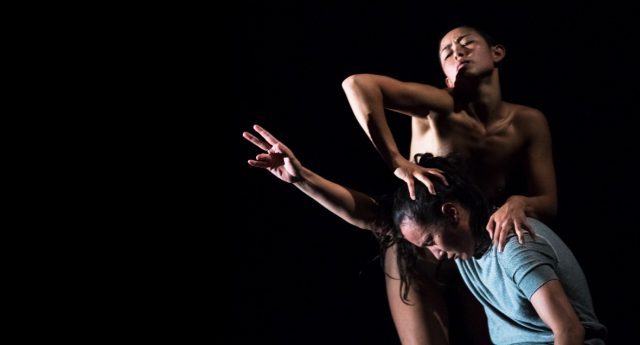
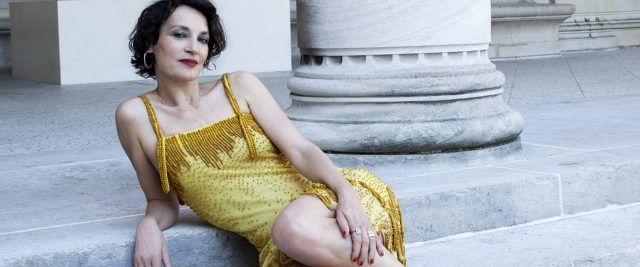
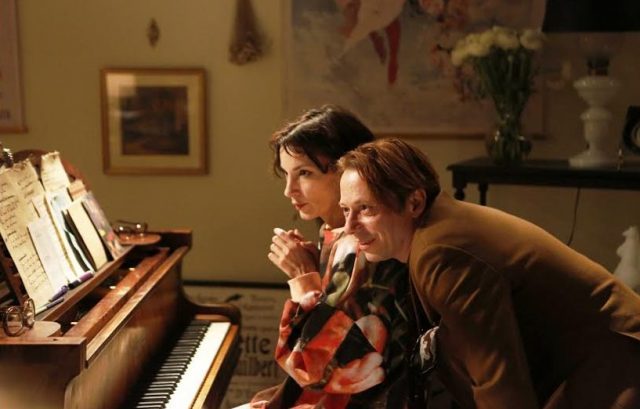
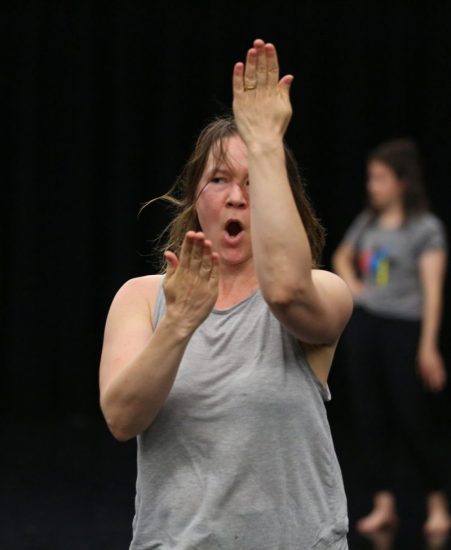

 In 1979, the Oscars paid tribute to a changing sentiment in the country regarding the Vietnam War and its veterans, showering accolades on The Deer Hunter and Coming Home. The next year, Vietnam was not so front and center, although a small but important film was nominated for Best Documentary Feature (and also won the Special Jury Prize at Sundance): Glenn Silber and Barry Alexander Brown’s The War at Home, an eye-opening look at the year-by-year history of the antiwar movement at the University of Wisconsin in Madison from 1963 into the early 1970s. Following a
In 1979, the Oscars paid tribute to a changing sentiment in the country regarding the Vietnam War and its veterans, showering accolades on The Deer Hunter and Coming Home. The next year, Vietnam was not so front and center, although a small but important film was nominated for Best Documentary Feature (and also won the Special Jury Prize at Sundance): Glenn Silber and Barry Alexander Brown’s The War at Home, an eye-opening look at the year-by-year history of the antiwar movement at the University of Wisconsin in Madison from 1963 into the early 1970s. Following a 

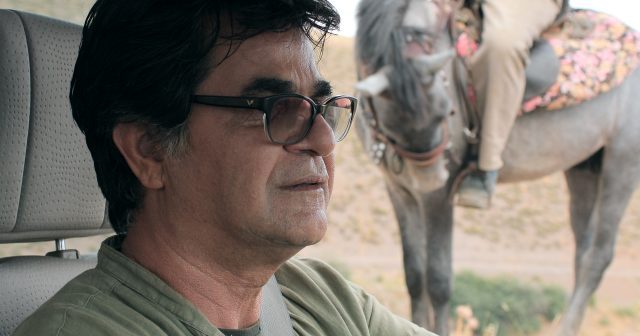
 One of the most brilliant and revered storytellers in the world, Iranian auteur Jafar Panahi proves his genius yet again with his latest cinematic masterpiece, the tenderhearted yet subtly fierce road movie 3 Faces. Making its US premiere this week at the New York Film Festival — it previously won the Best Screenplay prize at Cannes — 3 Faces walks the fine line between fiction and nonfiction while defending the art of filmmaking. Popular Iranian movie and television star Behnaz Jafari, playing herself, has received a video in which a teenage girl named Marziyeh (Marziyeh Rezaei), frustrated that her family will not let her study acting at the conservatory where she’s been accepted, commits suicide onscreen, disappointed that her many texts and phone calls to her hero, Jafari, went unanswered. Deeply upset by the video — which was inspired by a real event — Jafari, who claims to have received no such messages, enlists her friend and colleague, writer-director Panahi, also playing himself, to head into the treacherous mountains to try to find out more about Marziyeh and her friend Maedeh (Maedeh Erteghaei). They learn the girls are from a small village in the Turkish-speaking Azeri region in northwest Iran, and as they make their way through narrow, dangerous mountain roads, they encounter tiny, close-knit communities that still embrace old traditions and rituals and are not exactly looking to help them find out the truth.
One of the most brilliant and revered storytellers in the world, Iranian auteur Jafar Panahi proves his genius yet again with his latest cinematic masterpiece, the tenderhearted yet subtly fierce road movie 3 Faces. Making its US premiere this week at the New York Film Festival — it previously won the Best Screenplay prize at Cannes — 3 Faces walks the fine line between fiction and nonfiction while defending the art of filmmaking. Popular Iranian movie and television star Behnaz Jafari, playing herself, has received a video in which a teenage girl named Marziyeh (Marziyeh Rezaei), frustrated that her family will not let her study acting at the conservatory where she’s been accepted, commits suicide onscreen, disappointed that her many texts and phone calls to her hero, Jafari, went unanswered. Deeply upset by the video — which was inspired by a real event — Jafari, who claims to have received no such messages, enlists her friend and colleague, writer-director Panahi, also playing himself, to head into the treacherous mountains to try to find out more about Marziyeh and her friend Maedeh (Maedeh Erteghaei). They learn the girls are from a small village in the Turkish-speaking Azeri region in northwest Iran, and as they make their way through narrow, dangerous mountain roads, they encounter tiny, close-knit communities that still embrace old traditions and rituals and are not exactly looking to help them find out the truth.